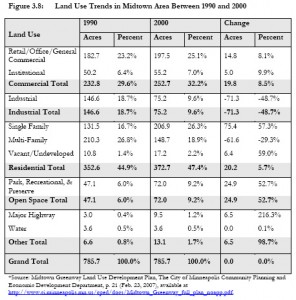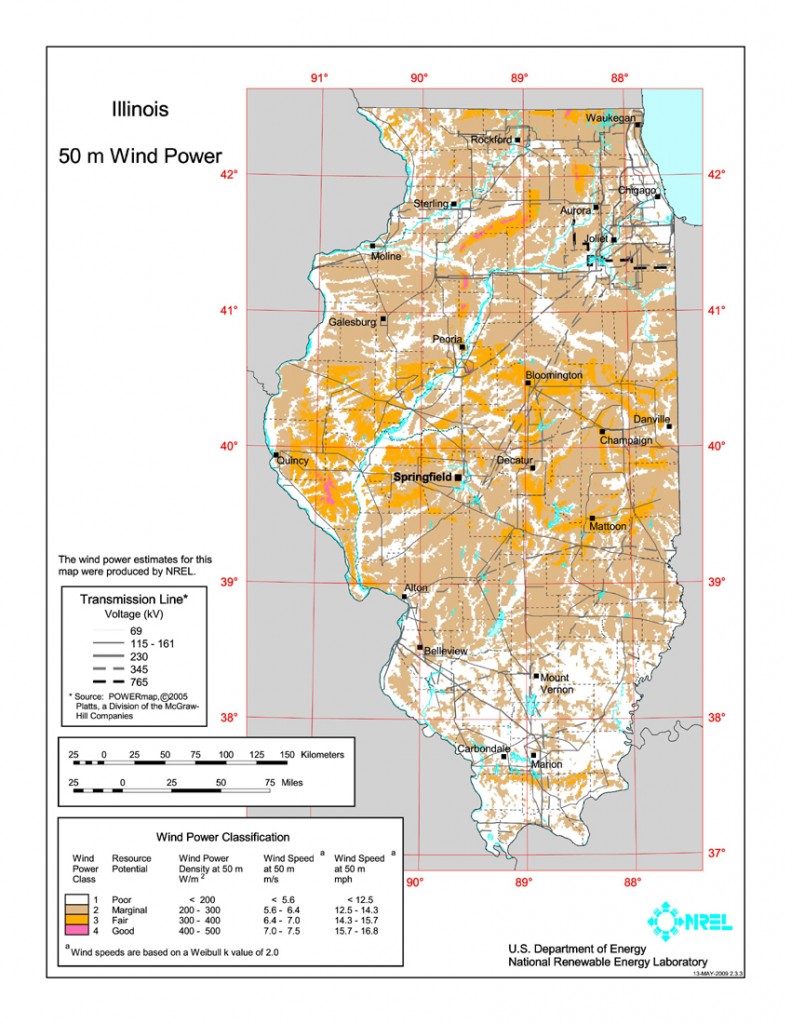Terrorist activity and electric infrastructure?
April 24th, 2010
Xcel Energy”s Hiawatha Transmission Project is sticking in my craw again. I’m having one of those “Xcel is evil” kind of days. Xcel is hiding reliability information under a claim of “Security.” How absurd can they get? Don’t they get that if I was going to blow up substations, a) I don’t need their stupid info to do it, and b) I would have done it a long time ago? Earth to Mars, that’s not my M.O. But noooooooooo…
I’ve been looking at Xcel’s SAIDI, SAIFI and CAIDI distribution reliability reports, one of the things I’m happiest about in the 2001 legislative session. Minn. Stat. 216B.029. Why? Because Xcel’s Scott Zima testified at the public hearing for the Hiawatha Transmission Line Project that the claimed “reliability” problems did not show up in their SAIDI, SAIFI and CAIDI reports. WAS ANYONE LISTENING?
What is SAIDI, SAIFI and CAIDI? They’re distribution reliability indices. Here are definitions stolen from Rochester Public Utilities 2009 Electric System Engineering & Operations Report:
- SYSTEM AVERAGE INTERRUPTION DURATION INDEX – SAIDI
SAIDI is defined as the average duration of interruptions for customers served during a specified time period. Although similar to CAIDI, the average number of customers served is used instead of number of customers affected.
The unit of SAIDI is minutes. A common usage of SAIDI is: “If all the customers on the distribution system were without power the same amount of time, they would have been out for _________ minutes”.
- SYSTEM AVERAGE INTERRUPTION FREQUENCY INDEX – SAIFI
SAIFI described the average number of times that a customer’s power is interrupted during a specified time period. “SAIFI-short” is calculated using the number of customers affected by momentary interruptions (such as brief breaker or recloser operations). “SAIFI-long” is calculated using the number of customers affected by sustained interruptions.
The units for SAIFI are “interruptions per customer”. A common usage of SAIFI is: “On the average, customers on the distribution system experienced _______ interruptions”.
- CUSTOMER AVERAGE INTERRUPTION DURATION INDEX – CAIDI
CAIDI is the weighted average length of an interruption for customers affected during a specified time period.
The unit of CAIDI is minutes. A common usage of CAIDI is: “The average customer that experiences an outage on the distribution system is out for ___________ minutes.”
Here’s some background info about SAIDI, SAIFI and CAIDI reports from Edison Institute:
Here’s the Minnesota rule about reporting SAIDI, SAIFI and CAIDI:
7826.0500 RELIABILITY REPORTING REQUIREMENTS.
Xcel has to file these reports annually. And since Xcel’s Mr. Zima’s testimony that the reliability problems they claim as the basis for need for the Hiawatha Project are NOT reflected in the SAIDI, SAIFI and CAIDI reports (WAS ANYONE LISTENING?), I spent some time looking at the annual reports filed this year:
Xcel’s Initial Filing – Docket 10-310
Xcel’s Initial Filing – Docket 10-310 – Attachment D – Part 1
Xcel’s Initial Filing – Docket 10-310 – Attachment D – Part 2
And there’s another older docket where similar information was recently filed:
Xcel’s Annual Filing – 02-2034 – Part 1
To search these dockets,go to www.puc.state.mn.us and click on “Search eDockets” and then plug in the docket numbers.
And here’s an example of what’s wrong with this picture – look at the crudely whited-out Feeder Line column:
Who cares? Well, I do… why? Because when they say that the distribution system is such a problem that they need a big honkin’ shiny new transmission line, and then one of their engineers testifies that this distribution “reliability problem” they’re whining about and inflicting an oversized transmission “solution” on a community about ISN’T showing up in the SAIDI, SAIFI and CAIDI distribution reliability reports, that’s a problem. IS ANYONE TRACKING THIS? It’s not rocket science, it’s basic vetting of their claims!
Looking at their letter in the filing in Docket 02-2034, there’s this amazing statement:
Security Data
The raw reliability data provided with this filing includes “security data” as
defined by Minn. Stat. § 13.37, subd. 1(a). Xcel Energy believes that some of the
raw data on the disks and/or that has been eFiled could be manipulated to reveal
the location and size of certain facilities that have been summarized in the
Monthly Report. The public disclosure or use of this information creates an
unacceptable risk that those who want to disrupt the electrical grid for political
or other reasons may learn which facilities to target to create the greatest
disruption. For this reason, pursuant to Minn. Stat. § 13.37, subd. 2, we have
excised this data from the public version of our filing.p. 5, Xcel’s Annual Filing – 02-2034 – Part I (emphasis added).
Excuuuuuse me?
The public disclosure or use of this information creates an unacceptable risk that those who want to disrupt the electrical grid for political or other reasons may learn which facilities to target to create the greatest disruption.
What a load o’ crap. It is so illogical — those they’re having problems with aren’t necessarily, and probably just AREN’T, the ones to target to create the greatest disruption!
So I calls up Xcel, I do… and leave a message with Bria Shea because Jody Londo who signed the cover letter with the “Security” note was not in, explaining what info in what dockets I’m looking for and that I’m wanting to sign a confidentiality agreement to get it.
But noooooooooooo, guess again. I get a call back from someone in “Legal” (I didn’t know they had an Illegal department) and here they are making a bogus argument about PUBLIC disclosure, and I’m asking for disclosure with a confidentiality agreement. She wants to know if I’m a party, which I’m not, there are no parties in these dockets. And even if a party, even with a confidentiality agreement, no, because it’s a SECURITY issue. Oh, yeah… right… I’m a terrorist, wanting their “feeder line” information to take out electricity to some select target… Guess she’s been talking to Mike Krikava, thinking only a terrorist would want to enter a 2005-MAPP map into a transmission proceeding. That’s as wacky as a judge thinking it’s appropriate to do a transmission proceeding without a map entered in as evidence!
So now I get to “evaluate my options.” It’s possible to do some triangulation with the reports and with the Attachments to Xcel’s Hiawatha Project Application, but… sigh… we all know what their concern is — that someone might read it and make some sense of it, and understand what it means.
BPU issues Susquehanna-Roseland Order
April 21st, 2010
It’s out, hot off the press:
I feel a Motion for Reconsideration coming on…
Hiawatha Transmission Project public hearings
April 6th, 2010
What’s most disturbing about this project is that it’s just a small part of something much bigger that is laid out in the 2007 Biennial Transmission Plan, in their studies, stretching from a new “Cleveland” 345kV substation and line to the new “Hiawatha” substation, and from there, a 115kV line to the “new” Oakland/Midtown substation and down to a new “Penn Lake” substation (I remember one on Penn and 62 decades ago) and then to Wilson, which they admit had been recently upgraded and there’s room for expansion.
Here’s two pages of Chapter 7 of the 2007 Biennial Transmission Plan regarding this part of the world:
Plus they admit that the Hiawatha substation is planned with 50MVA transformers and room/plans for two more! Tripling capacity, at Hiawatha, to 150MVA. At Oakland, there’s “only” room for one more, the first is 70MVA and the expansion room/plan is for one more 70MVA, totaling 140 MVA.
From the Xcel Application, a chart regarding Land Use Trends:
Let’s see… what uses more electricity, Industrial (anyone remember Minneapolis Moline?) or Residential? Honeywell or Wells Fargo Mortgage?
Look what they’re using as their basis:
July 2006??? This is from their Hiawatha Application, Appendix D3, the South Minneapolis Electric Distribution Delivery System Long Term Study:
(Can’t get it now — says file is damaged)
Having looked through their studies, I don’t see any reason to not upgrade the distribution system and see where that leaves us, given that we’re in this depression.
MISO queue for Illinois
March 28th, 2010
Here is information about what generation projects are in line waiting for interconnection, and keep in mind that this is the MISO queue, and part of Illinois, and a big part of the load, is in PJM.
Here’s where you get the queue, and download to Excel and it’s sortable by state, by fuel
CLICK HERE FOR MISO QUEUE LINK — it’s updated regularly
Here are a couple of spreadsheets, the MISO queue downloaded in Excel as of March 25, 2010:
Just for yucks, look at the Illinois Queue – as of 3-25
Sheet 1 is everything listed for Illinois (they list by state, column H)
Sheet 2 is for generation interconnection of projects where fuel is identified as “wind”
THERE IS 9,853.3MW OF WIND IN QUEUE IN ILLINOIS.
The links in columns S, T & U are the transmission studies showing what can be connected, what the system can bear, and what improvements would need to be made. Check them out for some fun reading.
Now, all of you thinking about transmission, and the moronic ox of “transmission for wind,” think about this please — why would anyone near Illinois, and why would anyone way out east, want to pay for wind generation from the Dakotas via transmission? Buying the power generated in the Dakotas means that you’d have to pay for:
- Cost of Energy
- Capital cost of transmission
- Cost of transmission service
- Cost of line losses (energy lost in transit due to resistance — greater loss over greater distance)
- Cost of reactive power (transmission over long distances sucks reactive power out of the system and requires input for system stability)
As Minnesota Public Service Commissioner David Boyd noted when testifying before the Legislative Energy Commission last year (jointly with MOES and MISO!!!), he was talking about transmission, and he is Chair of Upper Midwest Transmission Development Initiative, a conflict if there ever were one. Anyway, he said, and it was in writing on the slide:
We need a business plan.
That’s encouraging, because he apparently realizes that the above equation does not make any business sense.
That is the most important part of this issue — and the pell-mell hell-bent push for transmission. WHY?
Why would anyone in Illinois want to pay when it’s right there in Illinois, and the offshore wind hasn’t even begun? NREL has targeted Illinois as a wind production state, and… well.. DUH, what’s Chicago’s nickname after all???
Why would anyone out east want to pay for transmission of wind, on land a 41% capacity factor at best, to have it shipped 2,000 miles and pay BILLIONS to build that transmission, pay cost of transmission service, and pay cost of line losses, and cost of reactive power?
Overland’s Comments on Hiawatha Project
March 10th, 2010
It’s my old neighborhood, and I just had to put my $0.02 in:
Overland Comments – Hiawatha DEIS
Exhibit A – NM-SPG – July 24, 2008
Exhibit B – NSP Petition for CFSR
Exhibit C – NSP/Taylors Falls/St. Croix Falls Agreement
Exhibit D – Chisago County Resolution re: Facilities Surcharge Rider
Exhibit E – Comments of Power Line Task Force – Docket 99-799
Exhibit F – Conductor Specs – from PUC Docket 01-1958, Ex 35 Application, Appendix 7
Exhibit G – Edison Institute – Transmission Property Values Report
Exhibits D and E, oh my, time flies… I’d completely forgotten about those. And the utilities keep singing the same old tired songs…





